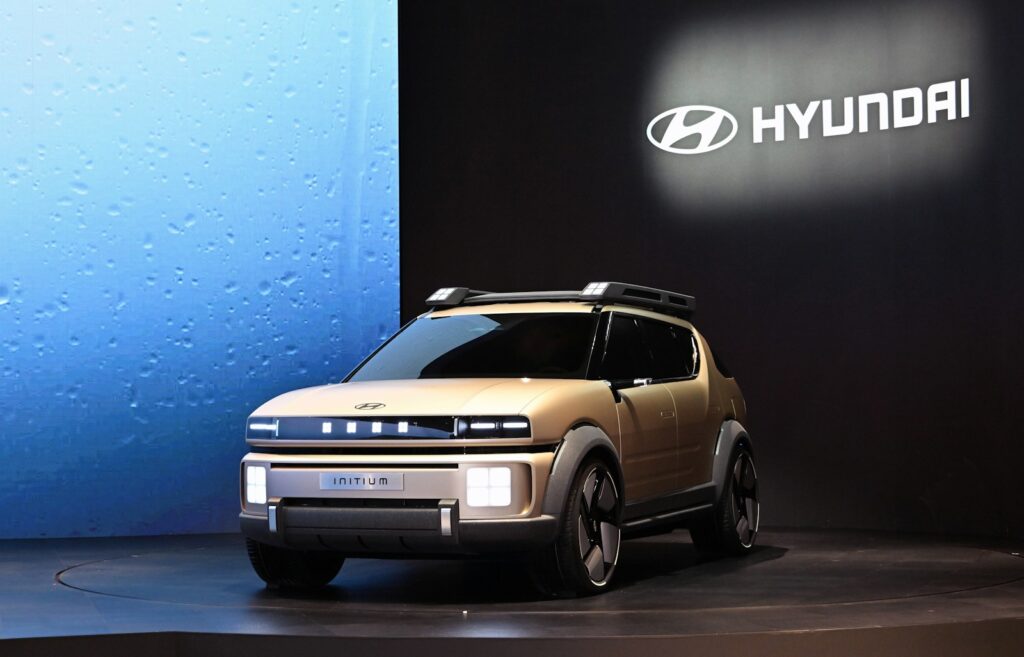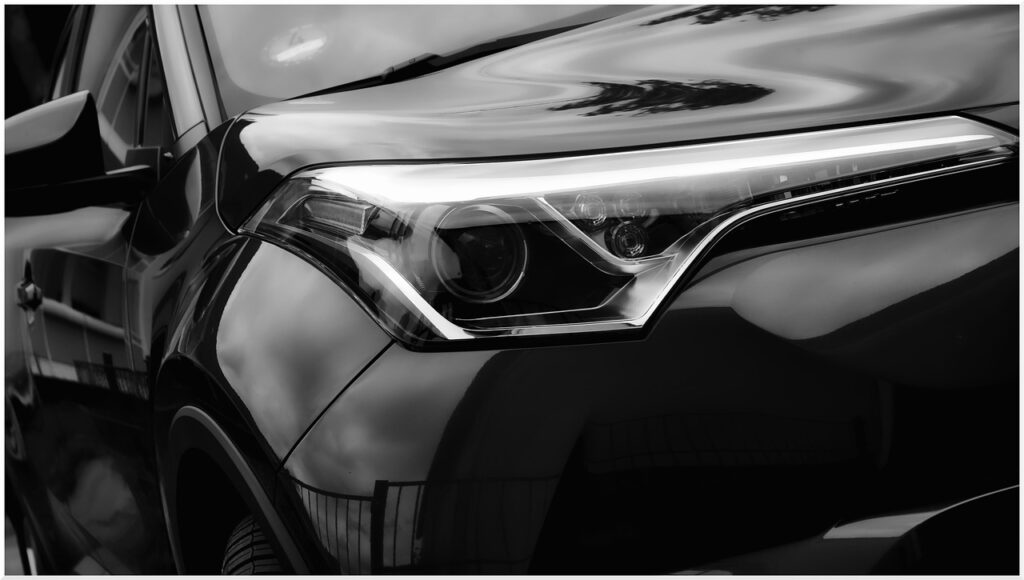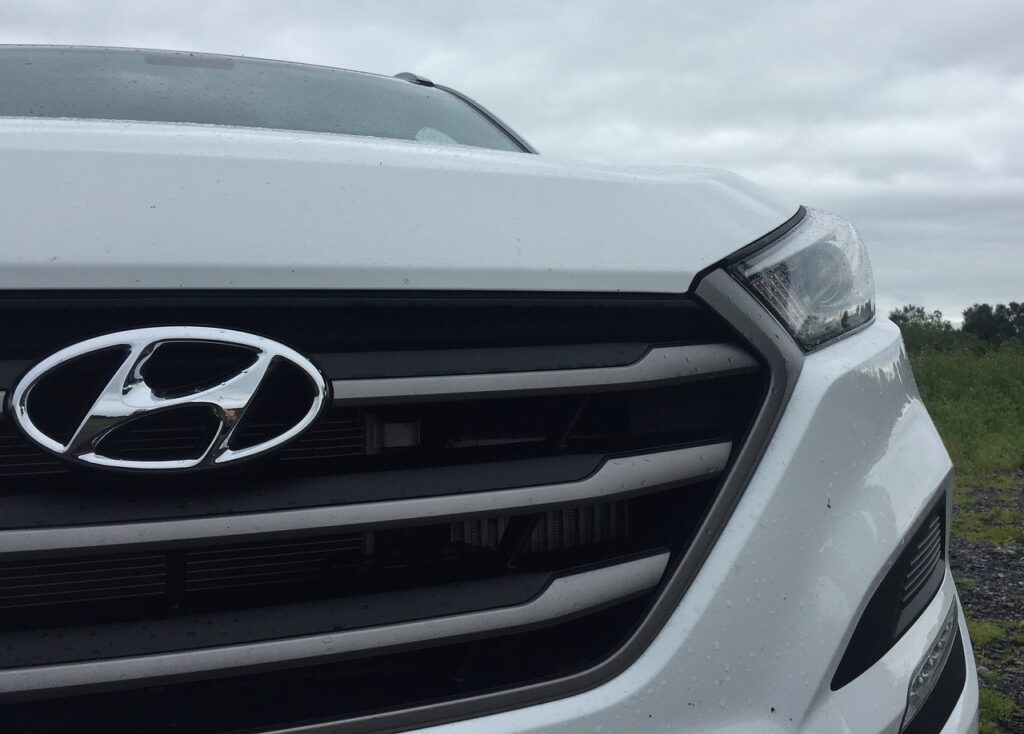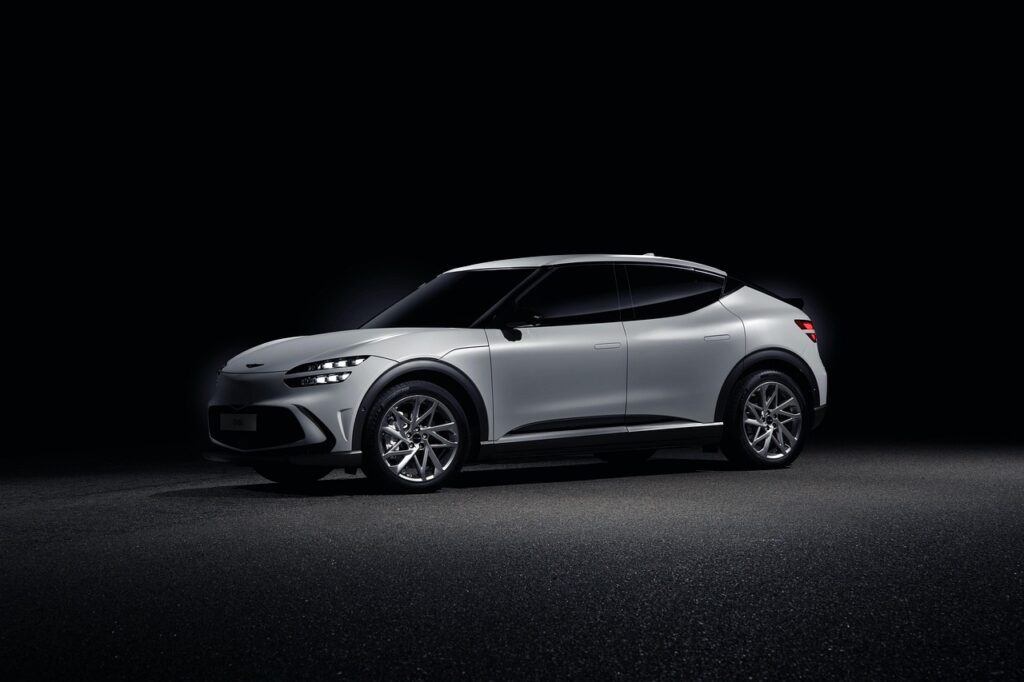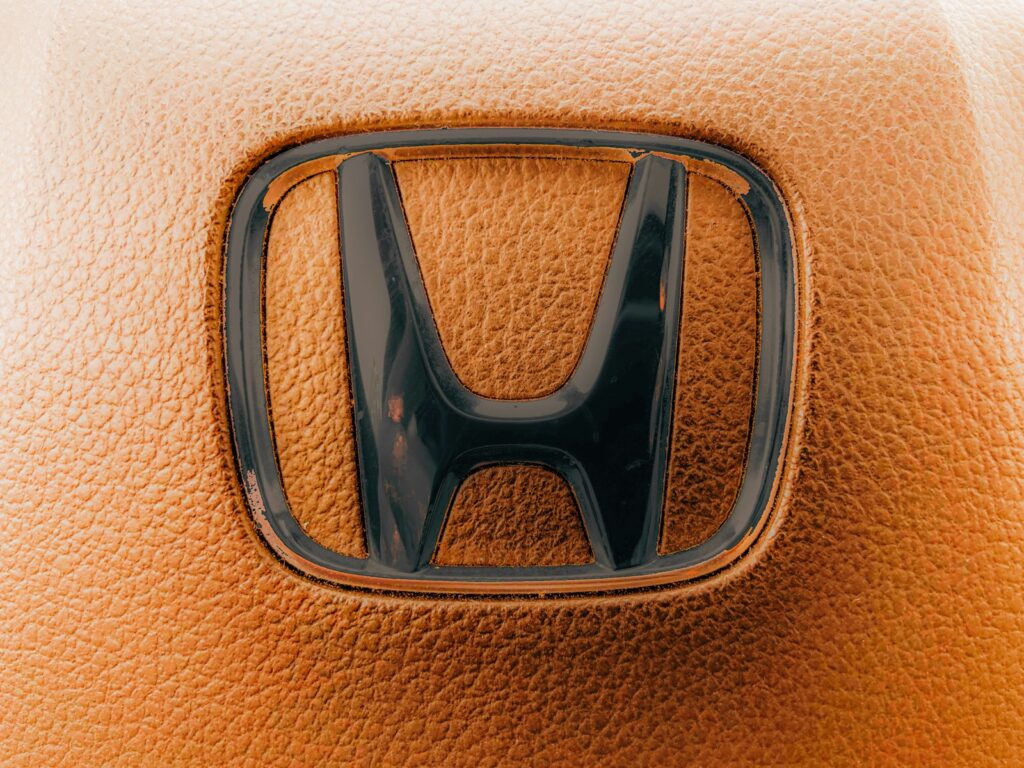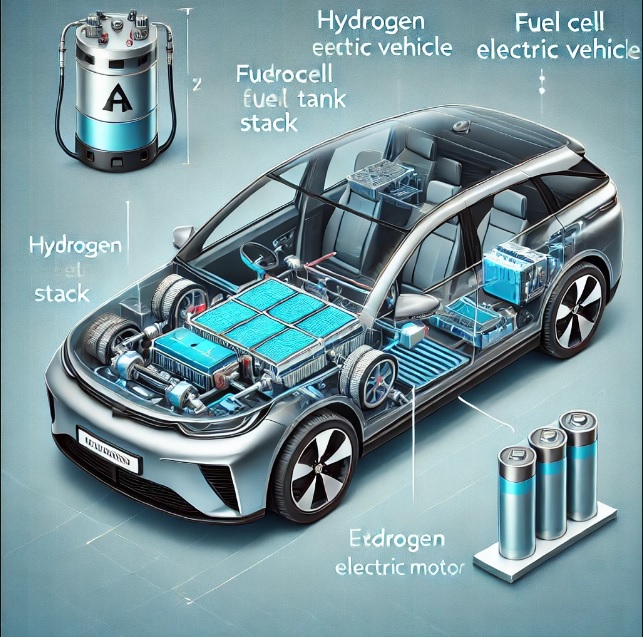I took some time to research the BMW iX5, a hydrogen-powered version of the X5. It’s interesting to see how BMW is approaching fuel cell technology, especially since they are using Toyota’s fuel cells. Here’s what I found out.
Is the BMW iX5 Just an FCEV, or Is There More?
BMW markets the iX5 as an FCEV (Fuel Cell Electric Vehicle), but I wanted to check if there’s more to it. It turns out that while the fuel cell system is the main power source, there is also a small lithium-ion battery that works in combination with the fuel cell. This setup improves performance and efficiency, meaning it’s technically a fuel cell hybrid rather than a pure FCEV.
Here’s a breakdown:
| Power Source | Details |
|---|---|
| Fuel Cell | Generates electricity from hydrogen, powering the electric motor. |
| Small Battery | Stores excess energy and provides additional power when needed. |
| Electric Motor | Delivers a maximum of 295 kW (401 hp). |
So while it’s an FCEV at its core, the battery adds some hybrid-like functionality, making the system more responsive.
BMW’s Plan for the iX5 – What’s Next?
BMW launched the iX5 in February 2023 but with a limited production run of fewer than 100 units. These are mainly for demonstration and testing, so it’s not a full-production model yet. The main goal seems to be gathering real-world data before deciding on a large-scale hydrogen strategy.
Will BMW Make Another Hydrogen Model?
So far, BMW hasn’t announced a full-production hydrogen car. However, they have hinted that hydrogen might be a part of their future lineup, especially for larger vehicles like SUVs where battery-electric powertrains might be less practical.
From what I found, BMW plans to evaluate the market response before committing to a mass-production hydrogen vehicle.
BMW iX5 Performance and Features
After going through BMW’s official specs, here’s a quick overview of what the iX5 offers:
| Feature | Details |
| Power Output | 295 kW (401 hp) |
| Acceleration | 0–100 km/h (0–62 mph) in under 6 seconds |
| Range | 504 km (313 miles) |
| Fuel Tanks | Two high-pressure hydrogen tanks |
| Fuel Cell Source | Toyota |
This means the iX5 is fairly quick for an SUV and offers a range comparable to high-end battery EVs.
Interior & Tech – What’s Inside?
Since the iX5 is based on the regular BMW X5, it shares a lot of the same features. Here are some highlights:
| Equipment | Details |
| Displays | Two 12.3-inch screens for the instrument panel and iDrive system |
| Infotainment | iDrive 7.0 with wireless Apple CarPlay & Android Auto |
| Seats | Electrically adjustable, heated sports seats |
| Driving Tech | Electronically controlled dampers, adaptive suspension |
| Smart Key | Digital Key system allows smartphone access |
BMW is keeping the iX5 as premium as possible, offering the same tech as their latest X5 models.
The BMW iX5 is an interesting move towards hydrogen, but for now, it’s more of a test project rather than a full-production car. With Toyota’s fuel cell tech, a decent range of 504 km, and a strong 401 hp motor, it shows BMW is serious about exploring hydrogen. But whether we’ll see a full-production hydrogen BMW SUV in the near future depends on how the market reacts.
